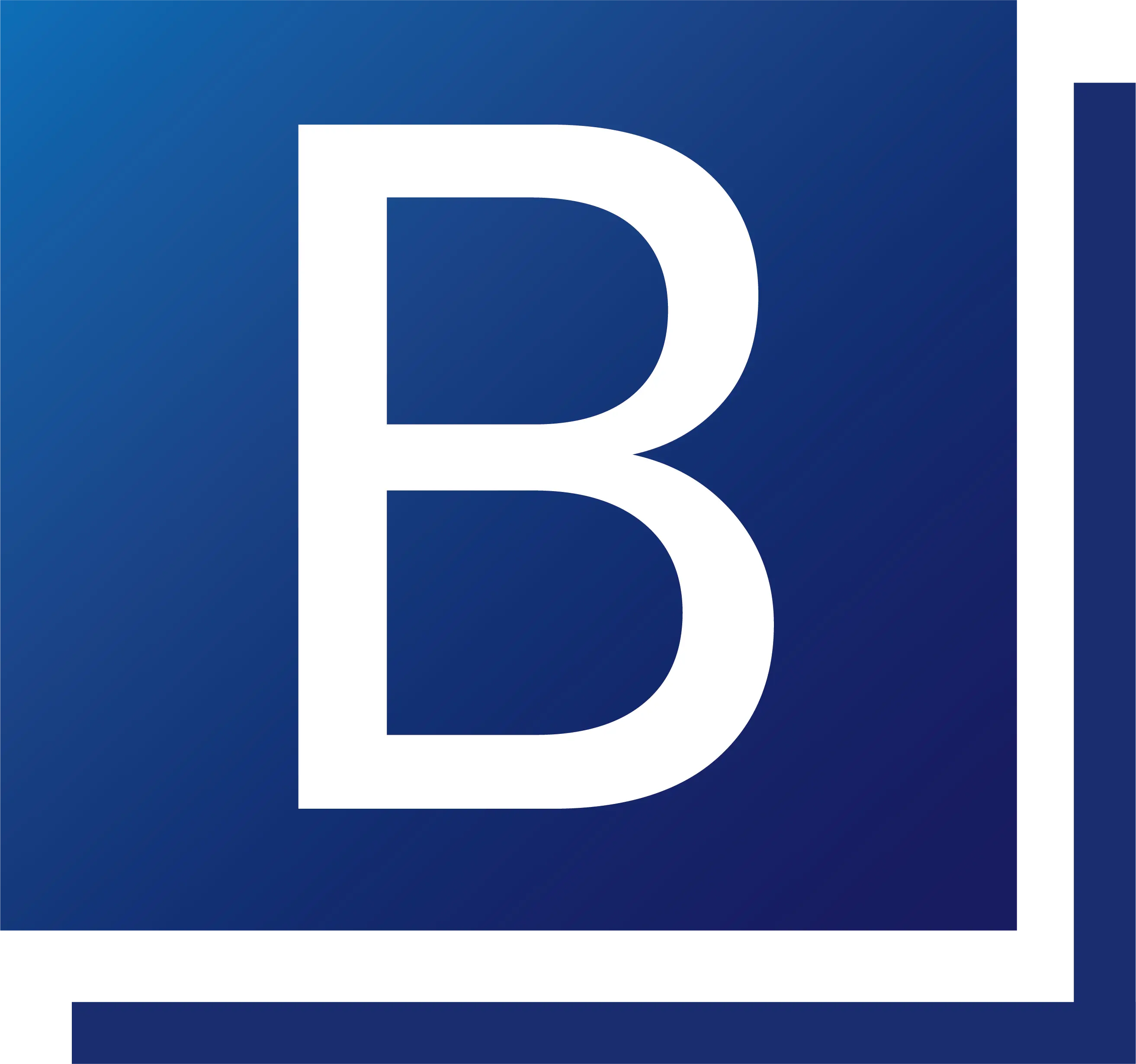- Workplace professional list outs the factors that affect your hotdesking strategy set-up
- Hotdesking schedules and management are the key points to make your smart office successful.
Hotdesking is a hot topic that frequently comes up in conversations with our clients as companies continue to determine their best approach for supporting hybrid work to save operational costs.
Table of Contents
What does hot-desking mean?
Hotdesking simply means that to create workspaces that employees who come into the office for individual work can use as needed while they are present. Those spaces aren’t always reserved for specific people’s exclusive use, but they can be reserved for people to use on a regular basis.
Metrigy, an innovative research firm focusing on the rapidly changing areas of Unified Communications & Collaboration (UCC)/digital workplace, recently conducted a survey of 935 businesses in Europe, North America, Australia, and parts of Southeast Asia to determine how they approached hotdesking within their organizations.
They discovered a wide range of implementations in the following areas among the approximately one-quarter of organizations that have already implemented hotdesking.
Following are some tips that can help you to successfully set up your hotdesking strategy in the office.
(Learn more about hot desking: Hot Desking 101: a quick guide)
Desktop check-in and out and provisioning management system
Approximately half of those who support hotdesking have deployed an application to manage reservations, space provisioning, and device management.
Some of the all-in-one smart office systems that have collaborated with Microsoft Teams and Outlook, like ONES, recently added hotdesking capabilities or established integrations with the previously mentioned dedicated workspace management apps to enable space and device reservation and provisioning.
Hot desk Scheduling

One issue they discovered among companies that support hotdesking is matching availability to demand.
If users only have enough available space to support half of their potential in-office workforce and everyone wants to come in on Wednesday, users will quickly reach capacity.
To address these issues, some businesses have implemented workgroup-based schedules. Sales teams, for example, can use hotdesking space on Monday and Tuesday, while product teams can use it on Wednesday and Thursday.
Desktop provisioning applications are critical for providing insight into historical utilization, such as a user-friendly scheduling calendar, customizable desk policy for advanced rule setting, and data analytics for forecasting future utilization.
Metrigy also recommends that employee surveys or collaboration with team leaders can help to establish appropriate policies.
Device Provisioning
Metrigy discovered no specific consensus on the types of devices that businesses provide to their hotdesking locations. Monitors are the most common, allowing those who bring their laptops to work to benefit from a large screen. Other commonly available devices for videoconferencing include desktop telephones and high-quality webcams.
Some companies provide headsets, but many people are uncomfortable wearing a headset that has been worn by others due to hygiene concerns. More than half of companies with employees who regularly work from home will provide them with two headsets, one for the office and one for home. Only about a quarter of companies require employees to bring their headsets.
Lockers are effective in this scenario for allowing employees to store their personal devices in the office.
Provisioning of all-in-one desktop devices from vendors such as Cisco, DTEN, and Poly is an emerging option for hotdesking equipment. When combined with a hotdesking management system, these devices enable employees to sign in to the device when they arrive and have easy access to meeting and other collaboration apps, as well as high-quality video and audio experiences.
Finally, approximately 35% of businesses provide USB speakerphone devices, which enable high-quality audio experiences via noise cancellation.
More information about Poly: HP is now strengthening its industry opportunity in hybrid work solutions
Hotdesking security
Companies that use dedicated devices must ensure that user information is erased and employees are automatically logged out after a reservation expires or after a period of inactivity. This can be done by a smart office system that supports auto-checkout and occupancy sensors.
The last thing any company wants to deal with is an employee sitting down at a hotdesking location and seeing the previous occupant’s calling, messaging, and other collaboration information. A hot-desking display is the most favorable solution to show the information about the desk and related reservations.

More information for e-ink solution: Minew wireless e-ink label
When properly implemented, hotdesking can be an effective way of maximizing available office space by ensuring that those who require individual work locations have them and can reserve them before coming into the office, with appropriately available collaboration capabilities.
Smart office in a simple tool: How ONES can help your office
Effective change management is required to ensure the effectiveness of hot desking. ONES is here to help if you are ready to adopt your new smart office setting but do not know how to begin.
Our all-in-one smart office management software enables your employees and visitor to rapidly find, choose, and reserve the workspace that best meets their needs.
Schedule a demo of Bookings ONE now for more details.

